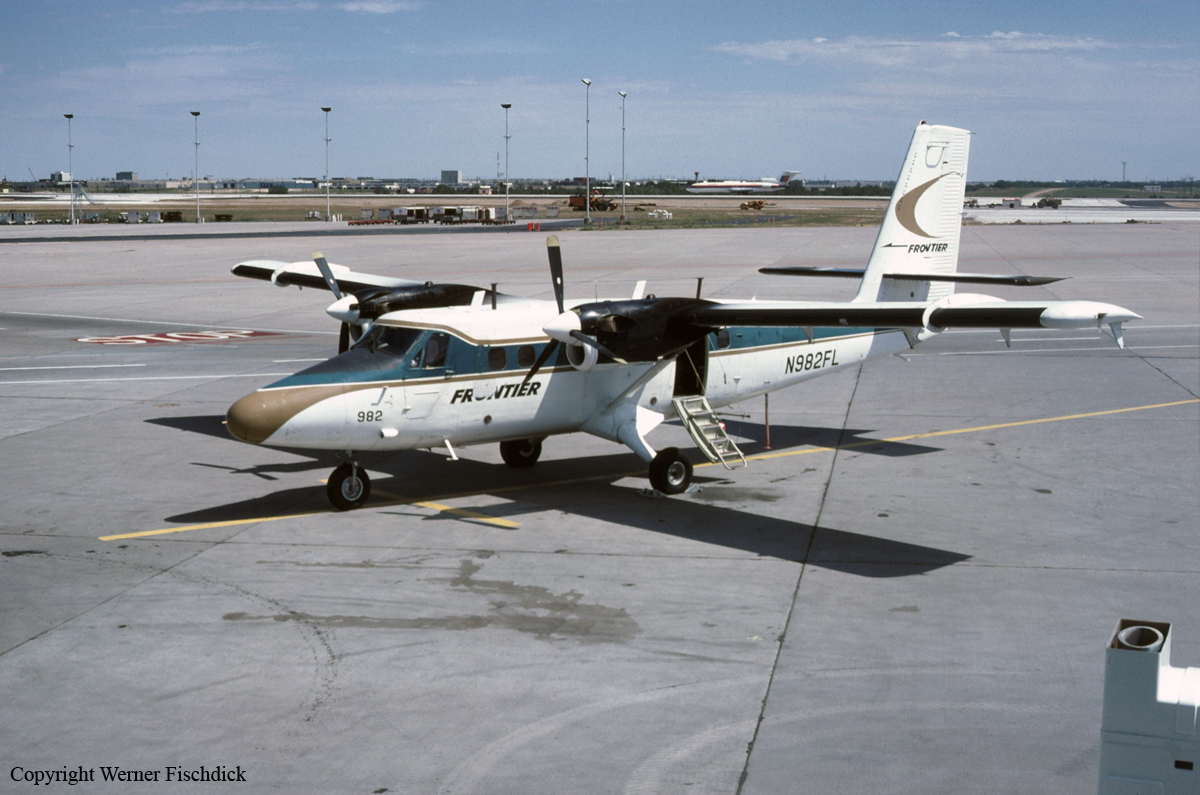Crash of a De Havilland DHC-6 Twin Otter 300 in Pueblo: 3 killed
Date & Time:
Jan 18, 1978 at 1503 LT
Registration:
N982FL
Survivors:
No
Schedule:
Pueblo - Pueblo
MSN:
465
YOM:
1975
Crew on board:
2
Crew fatalities:
Pax on board:
1
Pax fatalities:
Other fatalities:
Total fatalities:
3
Captain / Total hours on type:
307.00
Circumstances:
The crew was engaged in a local training flight at Pueblo-Memorial Airport. Following an approach to runway 27, the crew completed a circuit then a second approach to runway 17. After the airplane made a complete stop, the crew initiated a takeoff from runway 17. During initial climb, at a height of 100-150 feet, the airplane nosed over, stall and crashed near the runway end. The aircraft was destroyed upon impact and all three occupants were killed.
Probable cause:
Stall during initial climb after the crew failed to maintain flying speed. The following contributing factors were reported:
- Failed to follow approved procedures,
- Misused or failed to use flaps,
- Flaps found in fully extended 30° position,
- Flap setting for normal takeoff is 10°.
- Failed to follow approved procedures,
- Misused or failed to use flaps,
- Flaps found in fully extended 30° position,
- Flap setting for normal takeoff is 10°.
Final Report:




